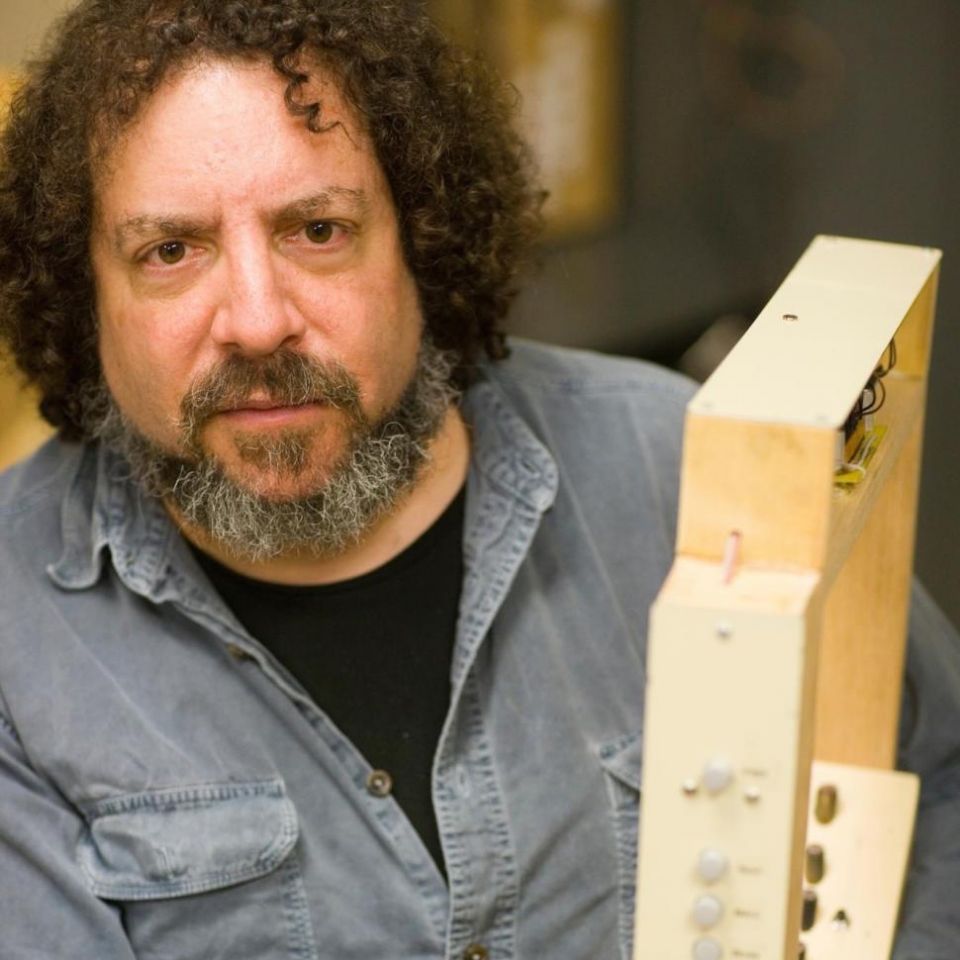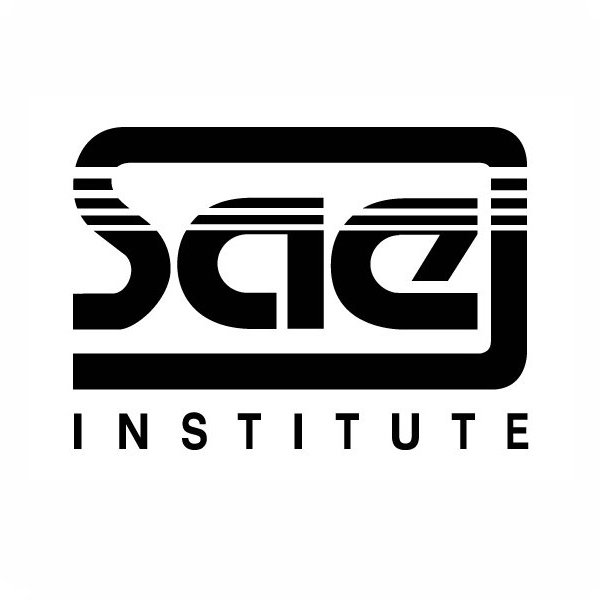The MIDI In Music Education Initiative Moves Forward


The MIDI Association Selects SAE Mexico to create a MIDI Curriculum
Starting in 2021, Athan Billias (MIDI Association President), Denis Labrecque (former MIDI Association Exec Board member) , and Lee Whitmore (MIDI Association Board Member and Treasurer) initiated biweekly meetings of the MIDI Association MIDI in Music Education (MIME) Special Interest Group.
The group includes various MIDI users and stakeholder types associated with music, audio, and education, from academia, manufacturers, retailers, and other thought leaders.
The MIME Special Interest Group has discussed and worked on topics including:
- A definition of MIDI users in education and their needs
- A MIDI curriculum outline given the rollout of MIDI 2.0
- Ideas and a draft for proposal to the board for a MIDI skills certification program
Regular Participants – In addition Athan, Denis, and Lee, the following are among
organizations’ representatives that regularly participate in the MiME Special Interest Group:
- 1500 Sound Academy, CA
- Belmont University, TN
- Columbia University
- Florida State University
- Full Sail University, FL
- Guitar Center
- Indiana University
- Musicians Institute, CA
- Next Point Training (Avid Certification)
- Rensselaer Polytechnic Institute
- Riverside City College
- Romeo Music, Dallas
- SAE Institutes Latin America
- Sweetwater
- Tufts University, MA
- And Many More

Lee is the VP of Education for Focusrite and has previously held positions as Berklee’s Vice President for education outreach and social entrepreneurship, and also as the inaugural executive director for the Grammy Music Education Coalition so he is a perfect fit as the Special Interest Group chair.
The MIDI in Music Education Charter
The MIME Working Group developed a charter to establish a concrete set of goals.
To raise awareness about MIDI in education at schools (secondary, college and university, and pro schools), and for manufacturer and reseller staff members. Current work includes:
- Establishment of standardized, readily/publicly available content (text/video/modules) for use on MIDI.org, to be added to college courses, more; and,
- Creation, launch, and actively manage of a MIDI certification program (perhaps a couple levels, general, MIDI 1 and 2, for coding, etc.).
Motivation behind (benefit to the market) of addressing this topic:
- Teaching of MIDI is fragmented and there is no standardized curriculum
- We need to explain the benefits of MIDI 2.0 and how it works to music educators.
- The MIDI Association is the central repository for information on the latest developments in MIDI.
- In a recent survey our MIDI Association Corporate members identified educators as a key segment to reach out to.

Paul Lehrman from Tufts University and former MIDI Association Executive Board member drafted a proposed MIDI Curriculum.
Core Curriculum
First Course: Introduction to MIDI
Module I – What is MIDI?
- What can MIDI be used for?
- Musical instruments, mixing and processing, live performance, education, synchronization, robotics, stage mechanics, multimedia, toys, web, personal electronics
- MIDI History: Pre-MIDI (Voltage Control, Digital Control)
- Original use of MIDI was to have one keyboard control several instruments, has gone way beyond that
- Benefits of Digital (vs. Analog) Instruments
- Control, memory, reproducibility
Module II – MIDI Setups
- MIDI signal flow and connectivity, live and studio
- Local control, MIDI In/Out/Thru
- Device-to-device, device-to-computer, inside computer
Module III – Composing with MIDI
- Sequencing:
- Basic Operation of Hardware, Software
- Tracks/Channels, Data Editing, Data Manipulation, Step Time, Quantizing, etc.
- Editing
- Graphic, Numerical, and Notation
- Looping, Clips
- Tempo Map: Time Fitting and Scaling
- Bouncing MIDI tracks
Module IV – The MIDI Specification
- Serial data protocol, Bits and Bytes
- MIDI Connections: DIN, USB, Bluetooth, Ethernet, iOS, Web MIDI
- Thru Jacks, mergers and splitters, Computer interface
- MIDI Commands: Command/Status Byte, Data Bytes, Program Change
- Channels, Notes, Controllers, Modes, and System Messages
Second Course, Advanced MIDI
Module V – MIDI Products
- Hardware:
- Instruments, modules, controllers
- Software:
- Softsynths, DAWs, Plugin Formats, Max/PD, OSC
Module VI – MIDI files and General MIDI
- SMF, GM, GM2, GM extensions, DLS
- General MIDI devices
Module VII – Advanced Topics
Clocking, MTC, Tuning, SysEx, RP and NRP, MPE, Sample Dump
Module VIII – Other applications
- Games
- Robotics
- MIDI Show Control, museums, multimedia
MIDI 2.0 Topics
(This information can be integrated into any of the above modules. i.e. Each section above could include a “MIDI 2.0 Implications” section )
- Expanded control and data bytes
- Two-way communication
- Property Exchange/CI
- PROFILES
- Backwards compatibility
Topic Based Courses
Course A: MIDI for Music Creation
- Using physical controllers—alternative control surfaces
- Combining hardware and software synths
- Synth programming
- Synth control
- Plug-ins control
- MIDI clocks-synchronization
- Looping and clips
- Bouncing
- Mixing
Course track B: MIDI for audio production
- Control surfaces
- DSP control
- Mixing
- MIDI-to-audio, audio-to-MIDI
- Pitch-shifting, harmonizing
- Synchronization-MTC
Course track C: MIDI for live performance and show control
- Alternate controllers
- Mapping
- Synth control
- DSP control
- Looping and clips
- Mixing
Course track D: MIDI for scoring video, multimedia and post production
- Control surfaces
- Synchronization-MTC
- SFX, sampling
- Ambience, DSP
- Mixing


SAE Mexico Selected To Begin Work On The Curriculum
After recieving proposals from Indiana University, Next Point Training and SAE Mexico, the MIME Working Group has recommended that SAE Mexico be selected to start work on the curriculum.
There were a number of compelling reasons for selecting SAE Mexico.
First, they will be able to provide the curriculum materials in both English and Spanish. Second, they have a unique relationship with Coursera, the for-profit U.S.-based massive open online course provider. It has become more and more challenging to actually give away courses on Cousera.
All of the materials created for The MIDI In Music Education curriculum will be given away under a Creative Common license. This means anyone is free to take the materials, modify and adapt them for whatever purpose that need. Universities can include portions in their already existing materials without any concerns about copyrights or licenses. It is a great example of what we do.

Athan Billias
MIDI Association Executive Board Member